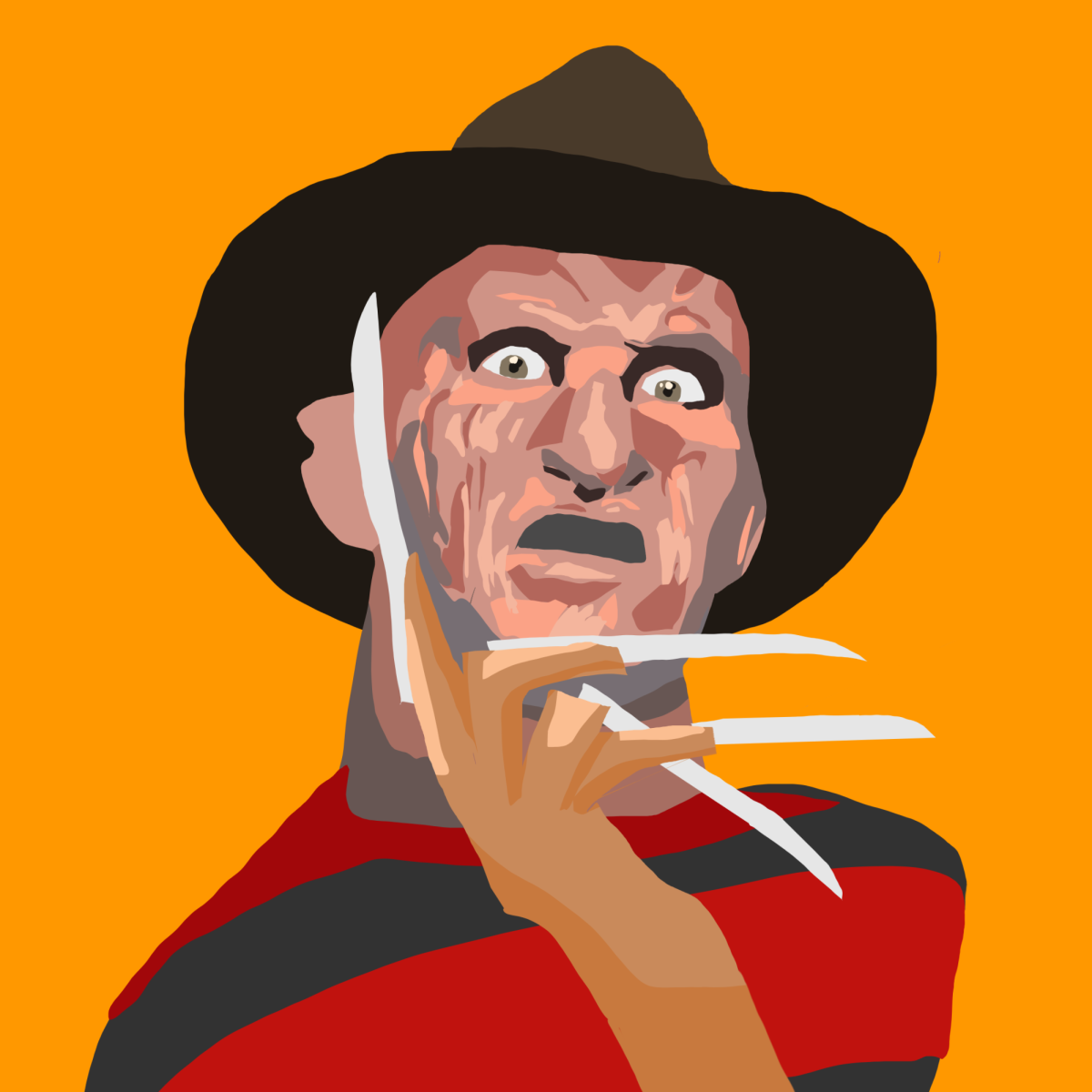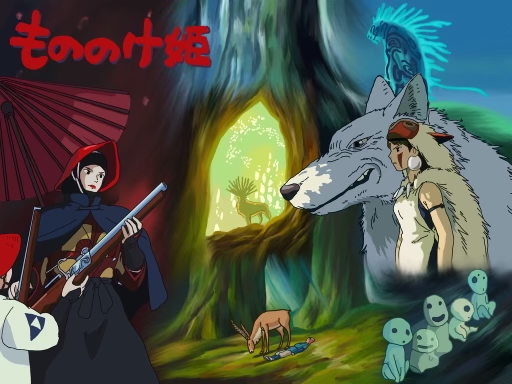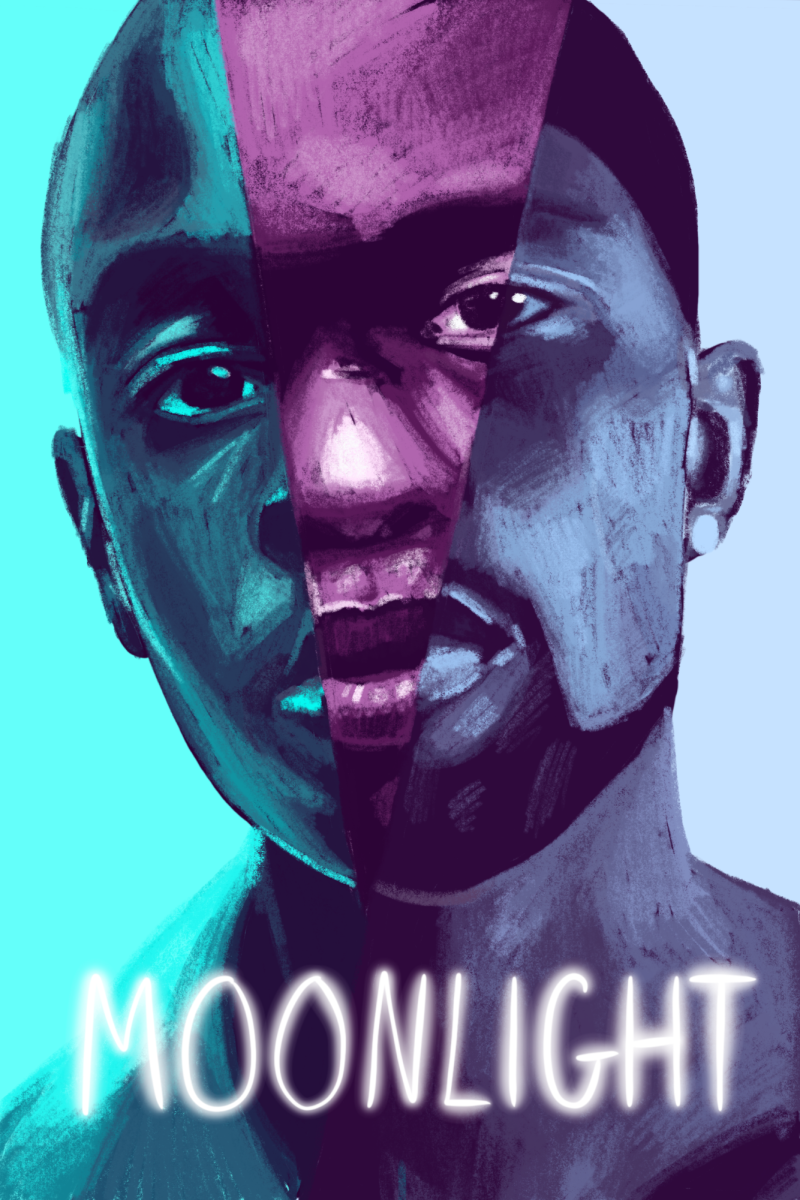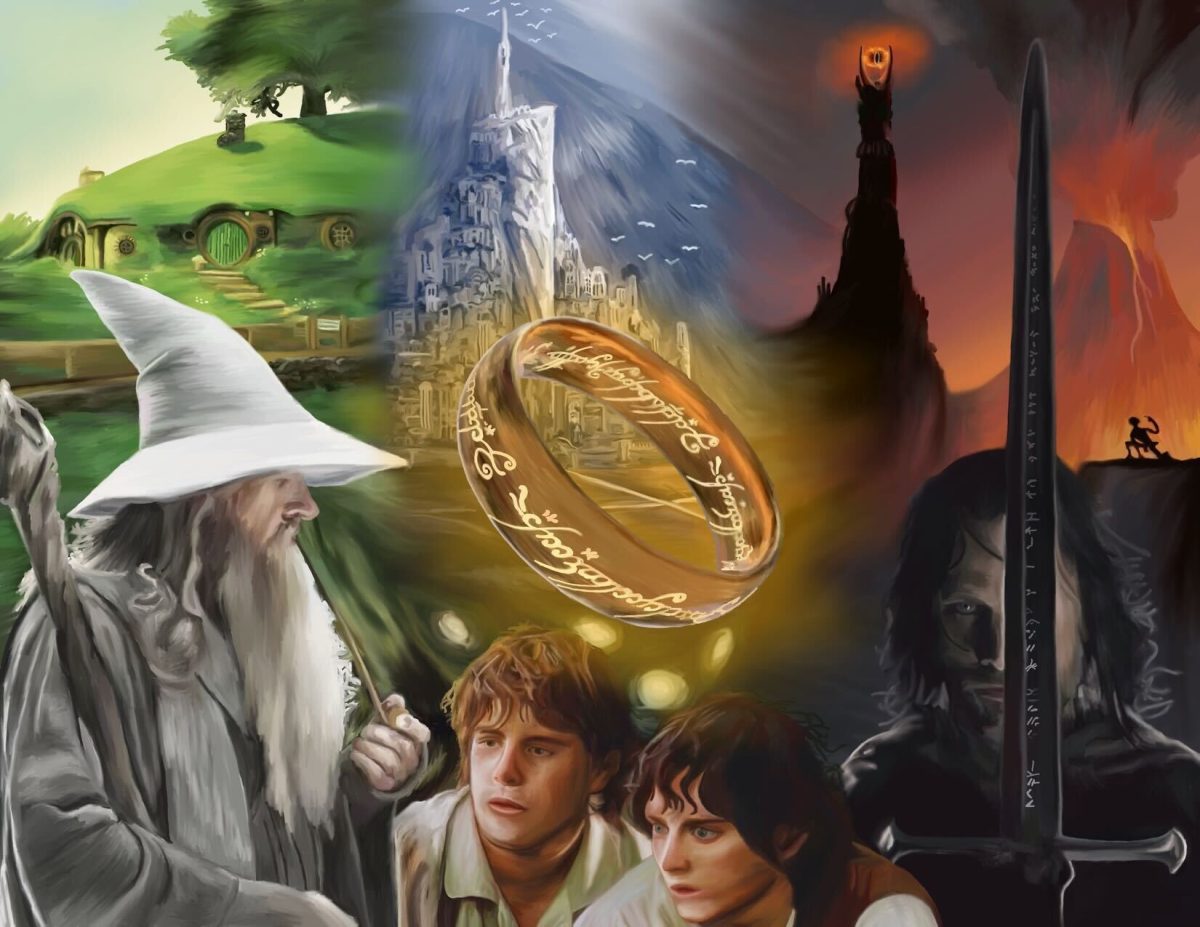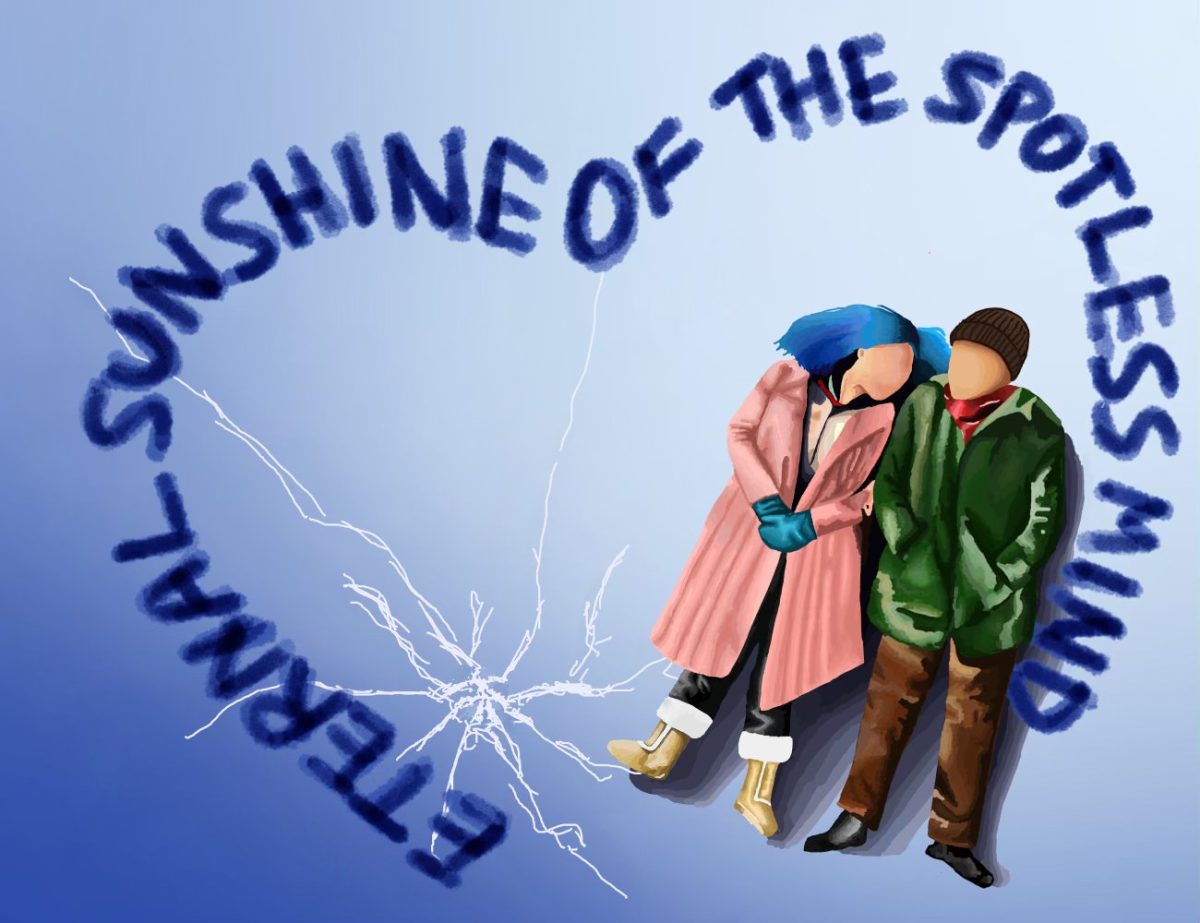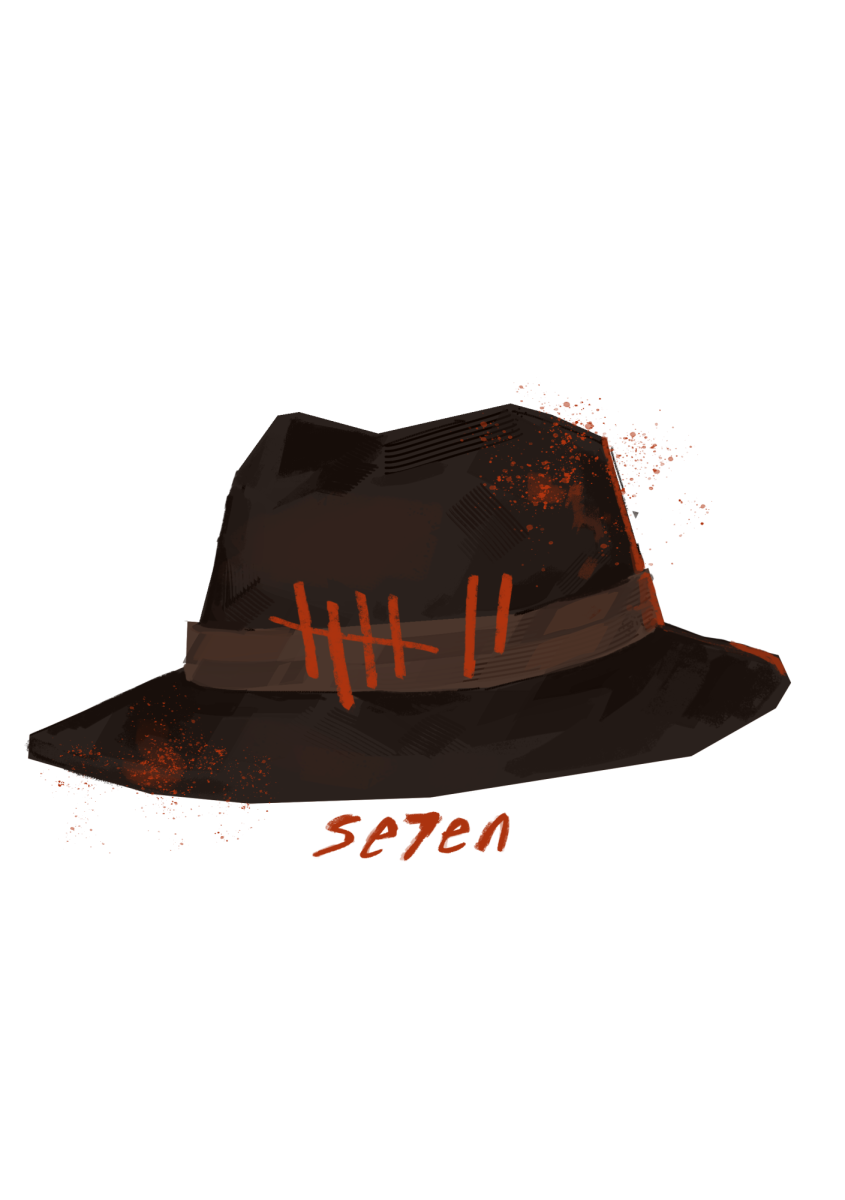This article is part of the “Retro Review” series. Each month, four films — united by a singular theme — are assessed. The theme for October 2023 is “slasher.”
“Up yours with a twirling lawnmower,” Rod Lane (Jsu Garcia) proclaimed after Tina (Amanda Wyss) viciously ridiculed him. Just like that line, this film — “A Nightmare on Elm Street” (1984) — absolutely rocks.
The story itself sees a horrifying killer, Freddy Krueger (Robert Englund), appear in multiple high schoolers’ dreams. Unfortunately for them, these dreams aren’t ordinary — booking it to Mom’s bedroom for support won’t suddenly make everything alright here.
Whatever consequences or injuries they experience in their dreams, they suffer in real life, too. The movie follows a group of friends who try to solve this mind-boggling and bloody mystery, while trying not to, well, fall asleep.
Krueger has absolutely no chance against insomniacs, by the way. He knows his limits!
Known as one of the slasher staples, the original “A Nightmare on Elm Street,” directed by Wes Craven, introduces not only one of the greatest horror villains of all time but one of the greatest villains of all time in general. Krueger has rippled through pop culture and solidified his place as one of the scariest antagonists to date, and no film could have done a better job at introducing him.
A gripping and suspenseful opening scene, especially for slasher films, is essential. Sprinkle a bit of mystery on top, and the movie can start out with a bang. Craven does exactly that.
The film begins with Krueger groaning while crafting his infamous knife gloves. As viewers take note of this slight red flag, Krueger starts pursuing Tina, a teenage girl, in a horrifying boiler room-basement mash-up.
This opening scene is a fantastic example of how a slasher film needs to begin: it has a dark tone, a lack of a motive for the killer and immense tension. It doesn’t just butcher someone within the first 10 seconds — it lassos the viewer and pulls them in.
The film takes the momentum and doesn’t look back. It’s not the most mind-blowing or experimental plot — one could even argue it’s relatively simple — but it does the job spectacularly, thanks to a multitude of factors.
The grip that Krueger has over the viewer throughout the film, for example, is simply incredible. Englund does a fantastic job in the role, and the film does its part in building up the scenes to be as scary as possible. However, the uniqueness and creativity behind his character is truly the “it” factor that makes him stand out.
In a film like “Scream” (1996), the various killers with their Ghostface costumes and voice modulators are a bit creepy, but Krueger eats them for lunch, no contest. He’s a villain with terrifying burns, a chilling backstory cemented into the setting of the film and an incredibly ugly sweater (only he can pull it off, don’t try), to name a few. His contribution to the first scene is nothing short of legendary as well.
Krueger is the most iconic part of the film, there’s no denying that, and his place on the slasher-villain Mount Rushmore, alongside Michael Myers, Norman Bates and Ghostface, is more than deserved.
However, the best part of the film is its sound. It is out of this world. Whether it’s the noises Krueger makes or the incredible score bolstering the film to a new height, the sound is what makes this slasher unique from the rest. Moreover, it’s what cements its status as a horror classic. Charles Bernstein’s score certainly has an 80s feel to it, but its versatility and ability to blend the supernatural and terrifying has all but secured its legacy as a timeless soundtrack.
“A Nightmare on Elm Street” (1984) has no shortage of stand-out moments, either.
During the opening scene with Krueger barreling his way after Tina, the film announces the introduction of an actor some people might know: Johnny Depp. Even with Krueger’s villainous nature being almost impossible for the viewer to take their eye off of, it’s hard not to when “introducing Johnny Depp” appears on the screen.
One of the best scenes in slasher history comes when Nancy Thompson (Heather Langenkamp), the main character, is preparing to take on Krueger once and for all by removing him from the teens’ dream world and bringing him into the real world. Nancy turns into a blend of “Home Alone” star Kevin McCallister and prime Albert Einstein, creating a house full of painful traps. With outlandish and gory scenes scattered throughout the film, the playfulness and fun of the traps Krueger walks into is a breath of fresh air and serves as a nice change of pace.
Last, and most certainly not least, this film has an absolute gem of an ending. By far one of the best endings in slasher history, it is an absolute shock to anyone’s system. It seems a bit cheesy when Nancy realizes that she can just stop thinking about Freddy, tells him he’s not real and he disappears. Any disappointment that viewers had with this scene is shoved aside with absolutely no regard in the scenes that follow.
Nancy and her mother (who was killed by Krueger a little earlier in the film and has now somehow come back to life) walk outside — everything in the world seems to have been solved and Nancy sees all of her friends pull up in a snazzy red convertible. Woohoo! She gets in the open-air convertible, and the top snaps down.
It’s not just any convertible top — it’s covered with Krueger’s red and green sweater pattern.
They drive away screaming, an extremely creepy game of jump rope takes place on the lawn with a lullaby in the background and Nancy’s mom gets viciously pulled through the door by Krueger.
It’s a lot.
Anyone who hasn’t seen the film may think that scene sounds like an atrocious mess. Go watch it, though!
This film is a bona fide classic. Yes, it’s not perfect, but it is fun, disgusting, extremely scary, and, with its unique ending, it’s a standout classic among the endless slasher films out there.


